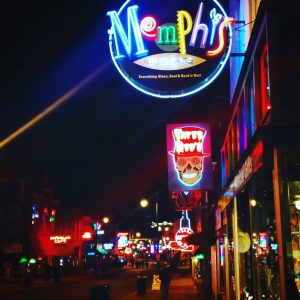
→ This Budget Travel Guide is also available in German
Every year, millions of tourists travel to the USA for their beautiful beaches, redwood forests, vibrant cities, magnificent canyons, delicious burgers or endless highways. However, the USA is also home to some amazing history, such as the roots of modern popular music.
As a jazz and blues music lover and passionate musician myself, I´d long dreamed of immersing myself in the history of blues music. I wanted to travel back in time to when Ella Fitzgerald was scatting, and Armstrong was rocking out on his trumpet. I wanted to visit the bars those notable artists used to spent all weekend at. I wanted to see the landscapes and sceneries they sang about. I wanted to walk in Memphis with my feet ten feet off of Beale (Street). I wanted to know what it means to miss New Orleans. I wanted to feel the St. Louis Blues.
In 2016 I travelled along The Mississippi Blues Trail for two weeks together with one of my bandmates. While the blues was actually born in the South, we decided to move backward from North to South and began our trip in Chicago, which was the cheapest city to fly to from Europe. In this post, I´m going to share with you my itinerary including activities, accommodation and transport recommendations. Whether you’re a blues fan or a casual traveler in search of an exceptional trip, you’ll undoubtedly have a musical and cultural adventure on The Mississippi Blues Trail.
General Information
The blues originated in the Southern counties of the US in the 19th century. It has deep roots in African-American history with its inventors mostly being slaves or descendants of slaves. The blues grew up in the Mississippi Delta just upriver from New Orleans, which was also the birthplace of jazz. The blues started spreading out from the South to the Midwest in the 1930s as people were moving North in search of better living conditions in the big cities. Once the Delta Blues made its way up the Mississippi, the music evolved into other regional blues styles, such as the Memphis blues, the St. Louis Blues and the Chicago Blues.
In 2006, the Mississippi Blues Commission installed more than 180 Mississippi Blues Trail markers across several US counties. These markers tell stories of significant blues contributors and how their circumstances influenced their music. The whole trail is self-guided and available on an app as well as in printed version. The markers can also be found on Google Maps. Additionally to the markers, there are blues-related museums along the way worth checking out.
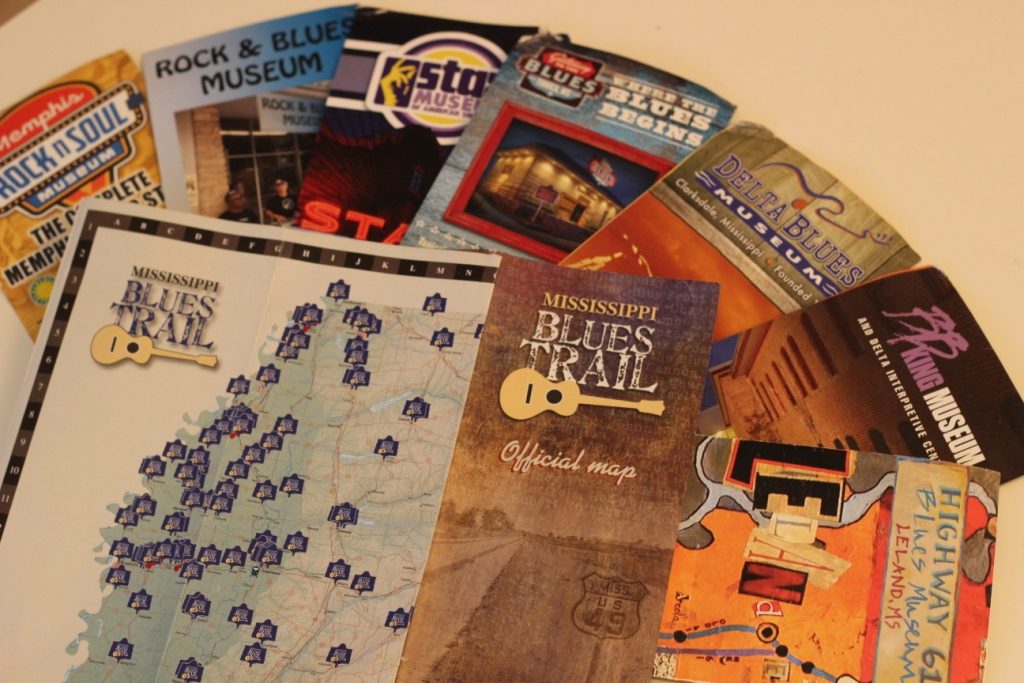
Ultimate Travel Guide to The Mississippi Blues Trail
Day 1: Chicago
Depending on what time you arrive Chicago, make your way to your accommodation first. If you still have time in the afternoon/evening, consider doing some of the activities suggested on Day 2 already on Day 1. However, if you’re jetlagged and exhausted from the journey, I’d recommend you relax, have an early night and wake up refreshed the next morning.
Accommodation Tip: Holiday Jones Hostel (approx. $ 25 / dorm, incl. breakfast)
Day 2: Chicago
Start your day early with a good breakfast at your accommodation. Then make your way to John Hancock Observatory, which is still considered the best observation deck in Chicago. Going there early in the morning will give you the advantage of being there before the lines become endless. Enjoy the view over the city and Lake Michigan, take a few shots and maybe buy a souvenir or two.
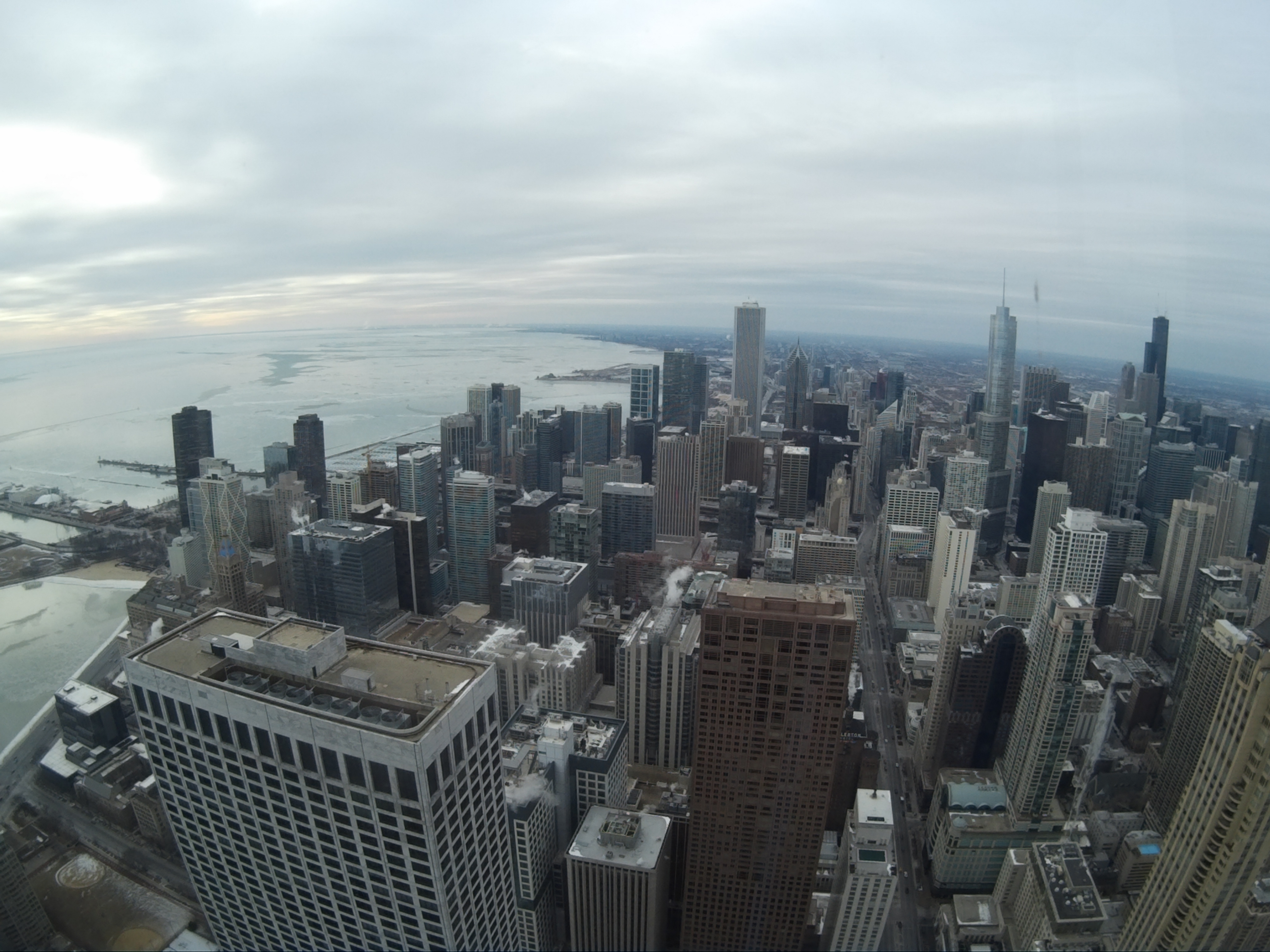
Afterwards, take a walk downtown towards Wrigley Building and the river walk in front of the skyline. Continue walking to the Millennium Park and see the famous Cloud Gate made of stainless steel. If you want, keep strolling around Millennium Park for a while and check out Lurie Garden and Buckingham Fountain.
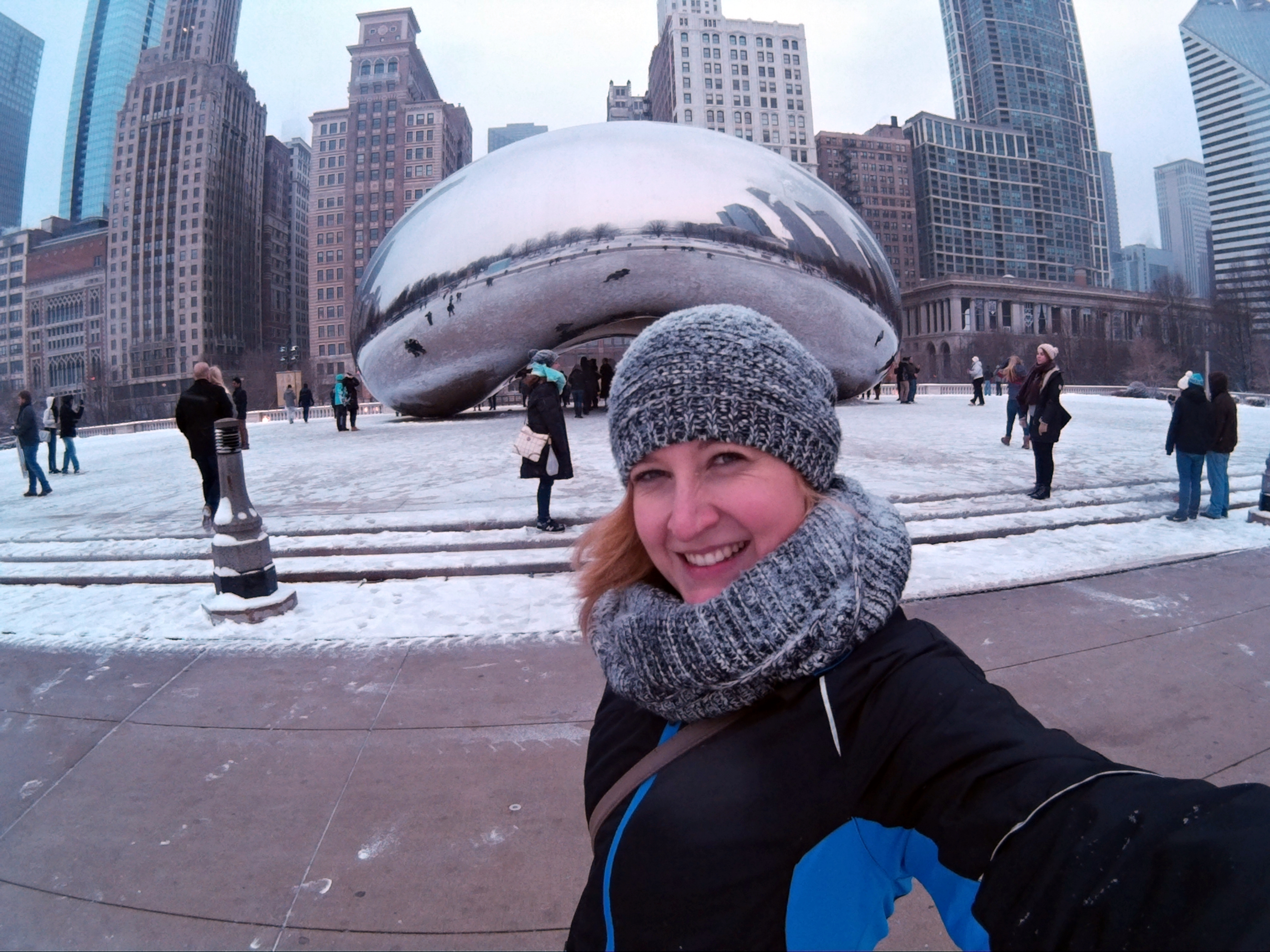
Chicago is known for its elevated train loop in Downtown. So why not make use of it? If you don’t have much time in the city, buy a day pass and take the “L” (CTA) around the Loop. That way you’ll get to see some of the important buildings, such as the Willis Tower and the City Hall. Moreover, you can take the “L” to get anywhere in Chicago. Find out more about train lines and neighborhoods here.
If you still have time, I would also recommend taking a short trip to Chinatown. There you’ll find extraordinarily authentic and cheap food.
When I was in Chicago, there were not many blues-themed museums, exhibitions or galleries worth a visit. However, the Chicago Blues Experience has just a recently announced that a brand-new Chicago Blues Museum will open in spring 2019. It´s supposed to be massive and should definitely be on your itinerary if you’re traveling along the Mississippi Blues Trail.
Day 3: St. Louis
Take an early-morning bus from Chicago to St. Louis, Missouri. The ride is about 5 hours. Perhaps it’ll be best to go to your accommodation first and leave your luggage there. Make your way downtown to the St. Louis National Blues Museum ($ 15). In this museum, you can learn about the various regional styles of blues music. Additionally, the museum hosts traveling exhibits and regular music performances. Afterwards, walk towards the Mississippi River and take a look at the Gateway Arch aka. The Gateway to the West, which is St. Louis’ leading sight.
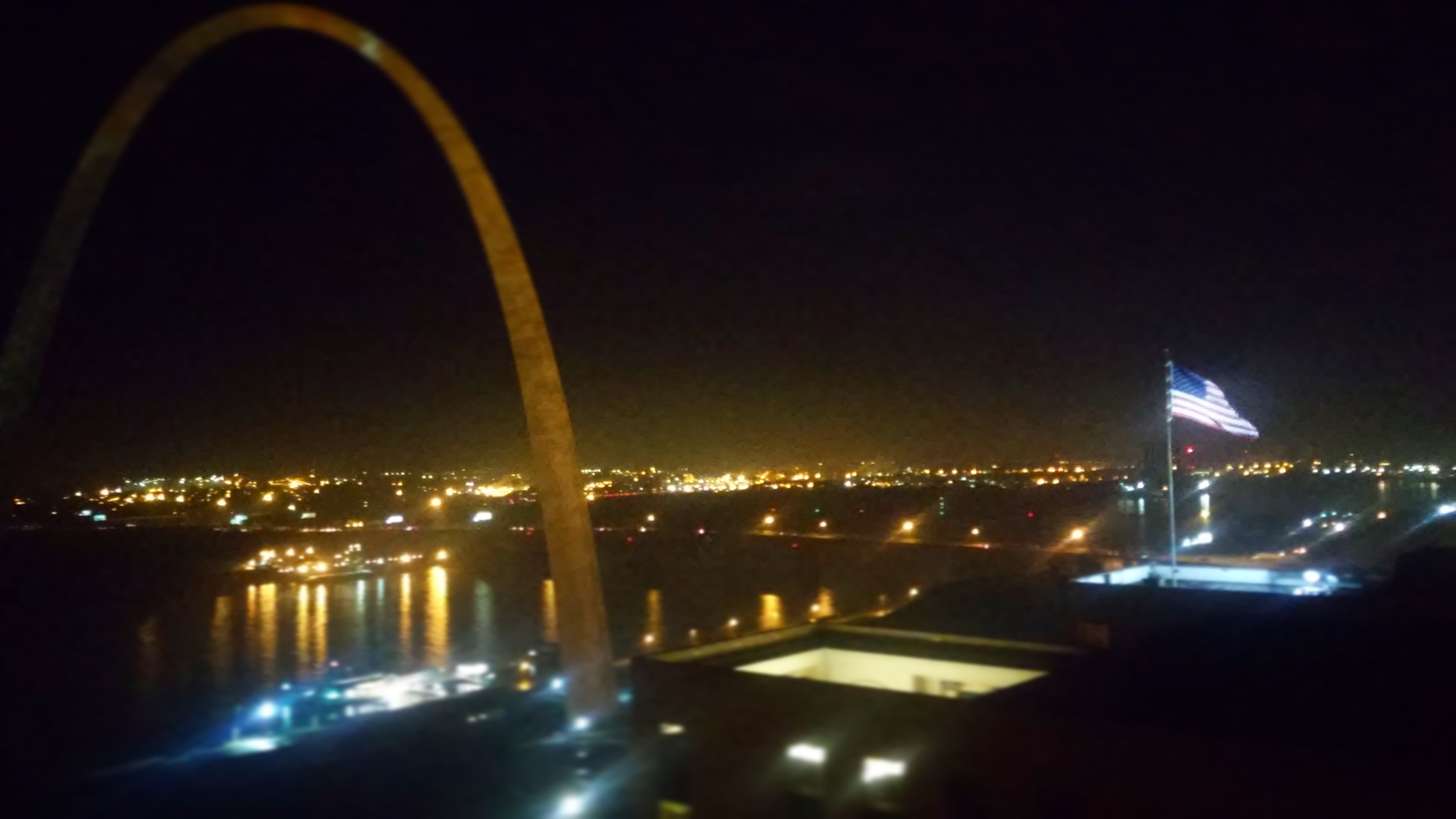
If you still have energy and time, you could also visit the Budweiser Brewery while staying in St. Louis. This will not necessarily be a blues-related activity, but a merry drinking session indeed. 😉
Accommodation Tip: Unfortunately, there are hardly any hostels in St. Louis that can be recommended. So, it might be wise to look into Couchsurfing, AirBnB or even hotel options. There are quite a few fancy business hotels in downtown that regularly offer cheap rates due to low occupancy rates. You might be able to get a good deal on booking.com. We had been lucky and had found a budget deal at the Crowne Plaza Hotel.
Day 4: Memphis
On the next day, take a bus from St. Louis to Memphis, Tennessee. The ride is around 5-6 hours, so make sure to get a bus at least around midday. From the bus terminal in Memphis, take a Trolley (local shuttle buses) to your accommodation (be aware: Trolleys stop running at 6 pm).
If you´re not too tired in the evening, throw yourself right into your blues experience. Make your way to Tennessee´s most famous street: Beale Street in downtown Memphis! Beale Street is a significant location in the history of the blues. There you’ll find three blocks of nightclubs, restaurants, bars, and shops with a melting pot of different music Genres. Just strolling down this iconic street, you’ll hear delta blues, jazz, and rock ‘n’ roll music spilling out of all the buildings. Just grab a drink – or two, listen to some live bands and feel the musical vibes in this place. If you’re a musician yourself, why not join the artists on stage and jam away with them? In Beale Street everything is possible and every night seems to be Friday night.
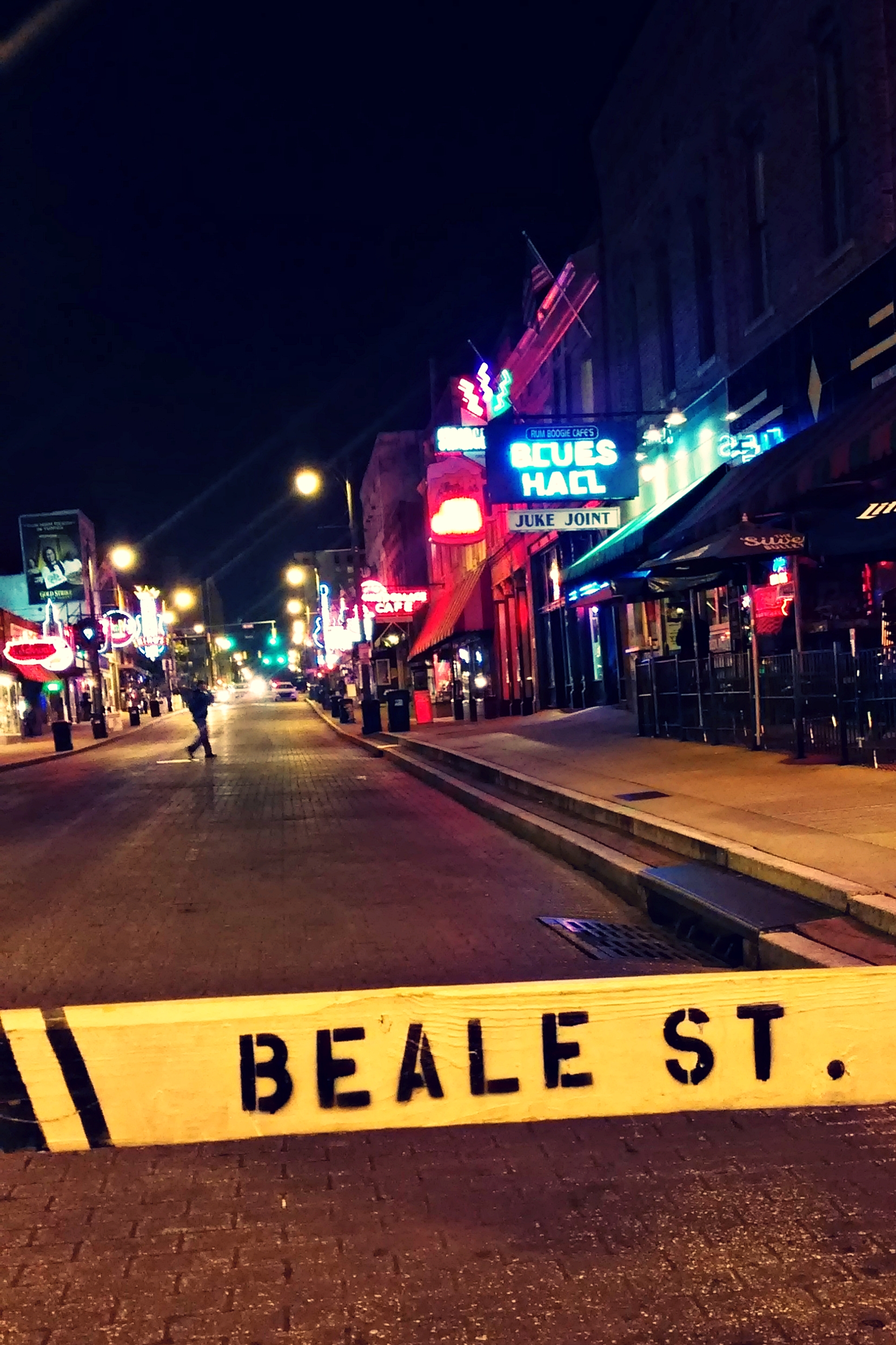
Accommodation Tip: There is only one hostel in Memphis, which is the Hostel Memphis (approx. $ 20), formerly known as Pilgrim House Hostel. However, for the same price, you might also be able to find some other accommodation, such as a motel room with en-suite bathroom and breakfast (check booking.com!)
Day 5: Memphis
Start your day with a good breakfast at your hotel/hostel/motel and make your way to the STAX Museum of American Soul Music ($ 13), which is one of my favorite museums along the Mississippi Blues Trail and definitely worth a visit. The museum tells the story of American soul music with a focus on Stax Records and thereby celebrates the music of Otis Redding, Johnnie Taylor, Isaac Hayes, Aretha Franklin, Tina Turner, Al Green and many more. The exhibition is very interactive; there is a lot of video material, a dance floor and much music to be heard.
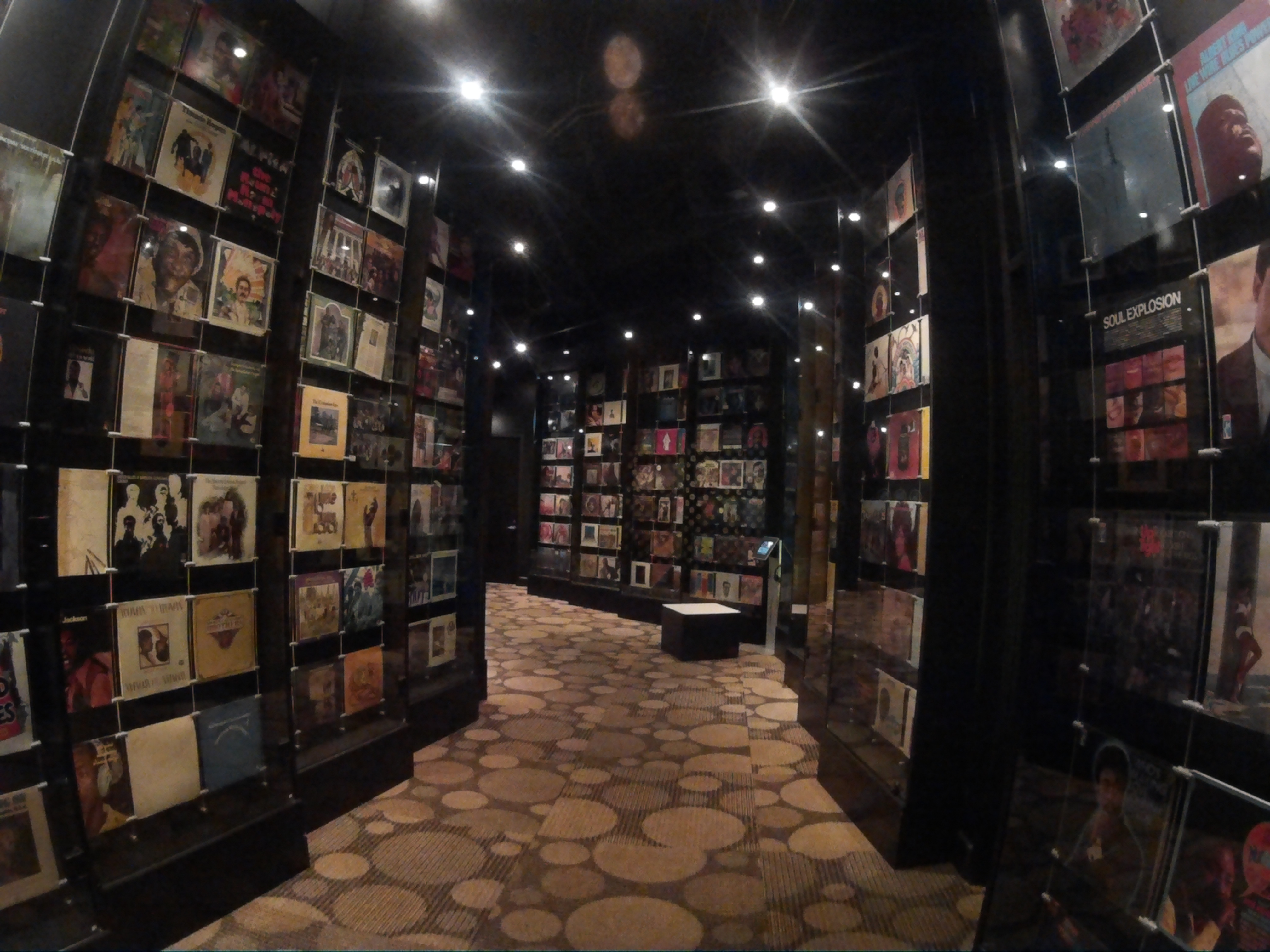
After visiting STAX, go to Beale Street and check out the shops and restaurants during day-time. In the area around you will also find a number of other museums worth a visit, such as the Memphis Rock & Soul Museum or the Memphis Music Hall of Fame. Next to Beale Street, there is also the Gibson Guitar Factory, which for me was a Must-Do as well.
Day 6: Memphis
Today you´ll be retracing Elvis Presley´s steps by visiting one of the most famous attractions in Memphis, his home called Graceland (different ticket options available, starting at $ 38.75). Elvis purchased his house in 1957 and lived there for twenty years. Since 1982 Graceland has been operated as a museum. In addition to his home, other attractions have been added to the Graceland site including an exhibition of his airplanes and cars as well as a visitor center. If you are an Elvis geek, this will probably be one of your highlights. If you are not an Elvis geek, Graceland will still be fascinating and worth a visit. However, if you’re trying to keep your trip as budget as possible, perhaps consider not visiting Graceland at all and either checking out some free galleries while in Memphis or continuing the journey south.
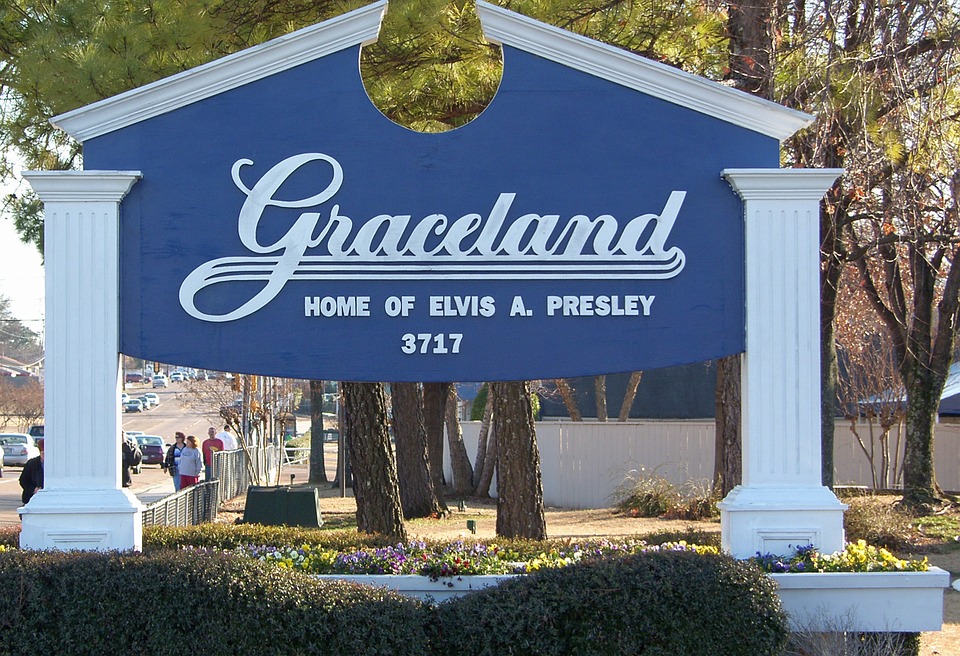
To get to Graceland, you can either drive yourself (if you are traveling by car anyway) or take a cab. Another option is the free shuttle bus provided by Sun Studios. However, in order to use that bus, you have to book the studio tour in advance.
Day 7: Tunica & Clarksdale
The next two days will be the best and most authentic parts of your journey along the roots of blues music. For this leg of your trip, I highly recommend renting a car as there are hardly any bus lines going on the so-called Blues Highway. This highway follows the course of the Mississippi River and therefore is a significant part of the Mississippi Blues Trail.
By the way, you can also make the Blues Highway part of any other road trip itinerary in the south, for example when driving from Atlanta to New Orleans.
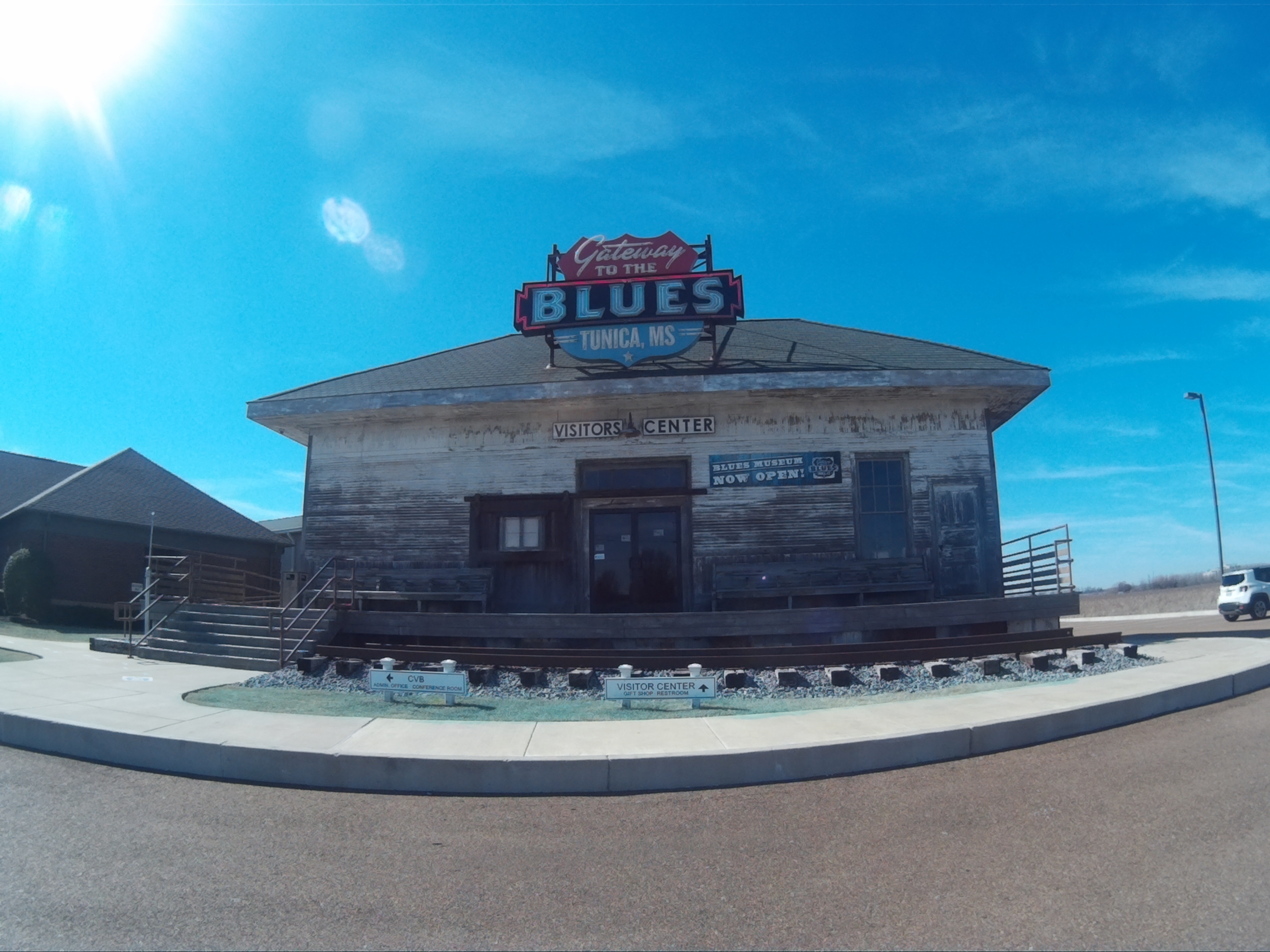
From Memphis follow the Route 61 towards Tunica. Your first stop should be the Gateway to the Blues ($ 10), a museum and visitor center that explains the basics of blues music and how it came to life. It does get you in a blues state-of-mind – not only because of the music but also because of the location. Make sure to take a Mississippi Blues Trail – map with you upon leaving the visitor center.
After a good 45- minute drive, you´ll reach Clarksdale, where you should visit the Rock & Blues Museum ($ 5), a very authentic and extensive collection of blues records, instruments, posters and other vintage goodies. Additionally, you can visit Mississippi´s oldest music museum, the Delta Blues Museum ($ 10), which is located only minutes away from the Rock & Blues Museum as well as the famous Riverside Hotel, where many travelling musicians were accommodated.
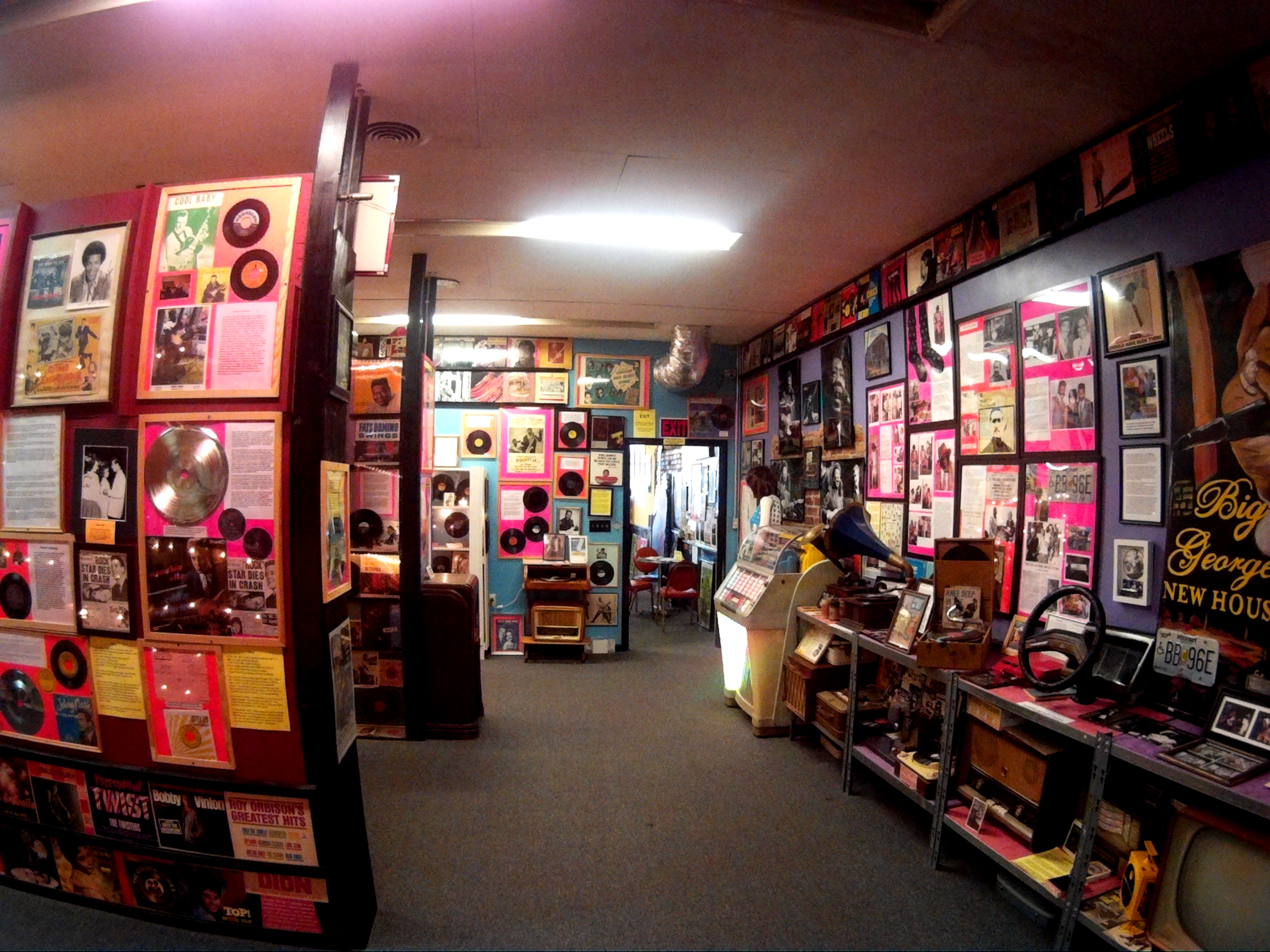
Accommodation Tip: Either spend the night in Clarksdale (cheapest options: America’s Best Value Inn Clarksdale or Delta Inn) or in a motel somewhere along Route 61.
Day 8: Leland, Indianola & New Orleans
On the next day, you can leave Clarksdale in the morning and drive to lovely Leland, a city located at the intersection of Highway 61 and the State Highway 10. There you can find the Highway 61 Blues Museum, which tells the story of the Delta´s many legendary blues musicians as well as the history of these two framed highways. When in the area, you could also visit BB King´s Museum ($ 15) in Indianola, a town about 14 miles away from Leland.
The remaining distance from Indianola to New Orleans is about 280 miles, so it´s best to leave the museums around midday and travel south. However, there are still numerous markers along the way near cotton fields, venues, cemeteries, churches, and cafés. So why not just take a few short breaks on your road trip? For example, travel to the plantation Dockery Farms near Cleveland, Ms, or the Blue Front Café in Bentonia, Ms. Just look out for markers, listen to some blues and feel just like Muddy Waters, John Lee Hooker, Bessie Smith and B.B. King, who all once rode the Blues Highway.
Once reaching New Orleans, return your rental car and make your way to your accommodation.
Accommodation Tip: Site 61 Hostel ($ 26 / night) or Auberge Nola ($ 21 / night). If you´re planning on staying in New Orleans for a couple of days, perhaps consider AirBnB.
Day 9: New Orleans
New Orleans will be your final stop on Route 61 and one of the most important stops as a lot of blues origins came to life in Louisiana.
On your first day in “Nola”, take a casual stroll through the French Quarter. You will soon stand on Bourbon Street, the center of the French Quarter. Bourbon Street developed into an entertainment street with clubs and brothels in the 19th century when mainly Creole people traveled to the city on business. That is also the time when Blues is said to have developed. By the 1940s, over 50 different nightclubs and burlesque shows lined Bourbon Street.
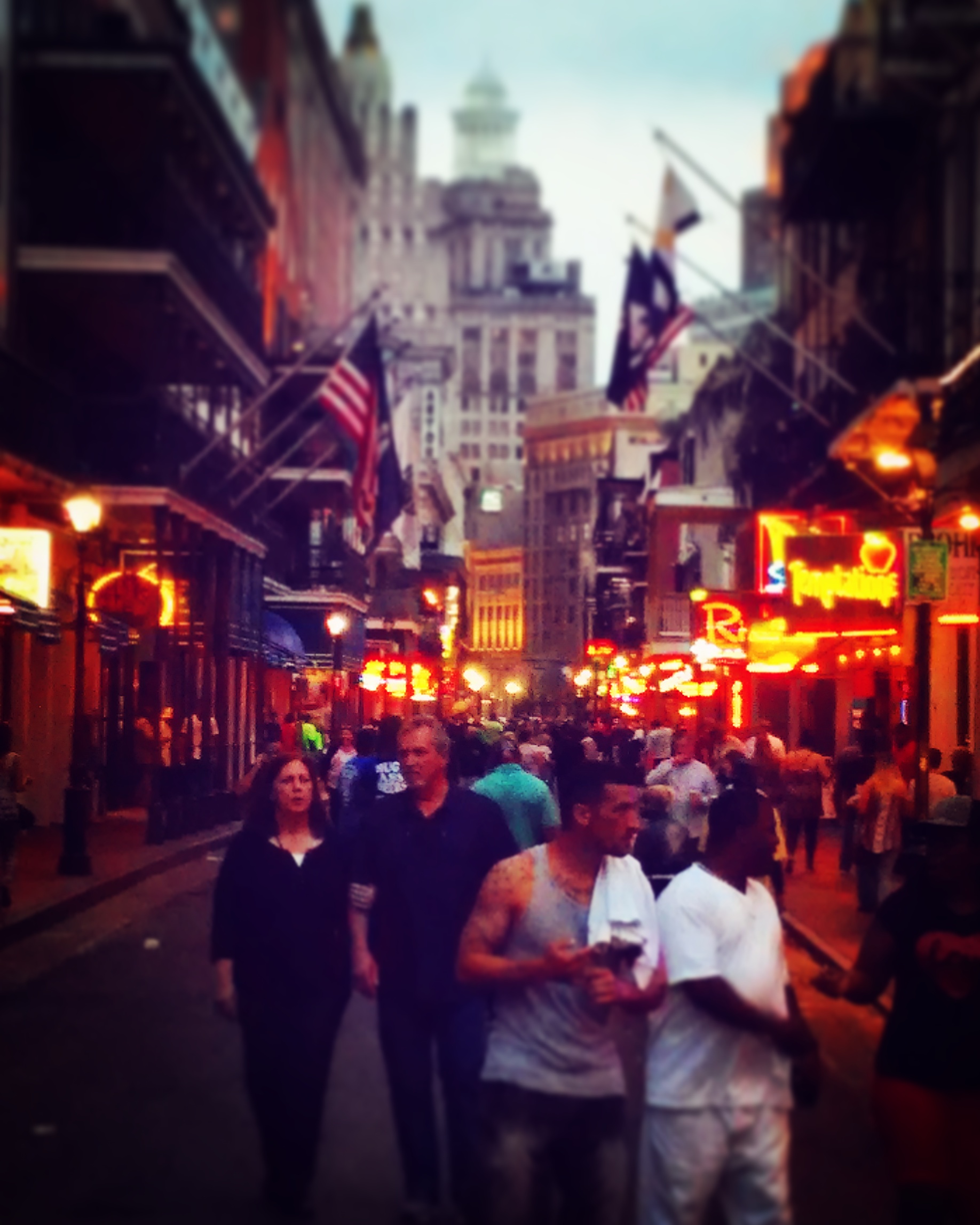
Just like back then, bars and clubs on Bourbon Street are open almost 24/7 and provide live music throughout the whole day. Take a look at the buildings, the shops, and restaurants. You will notice the cultural heritage of French and Spanish influences in the architecture as well as the cuisine.
In the afternoon, you can visit the New Orleans Jazz Museum ($ 6), which hosts not only multigenerational educational programs but also interactive exhibits as well as musical performances of all kinds.
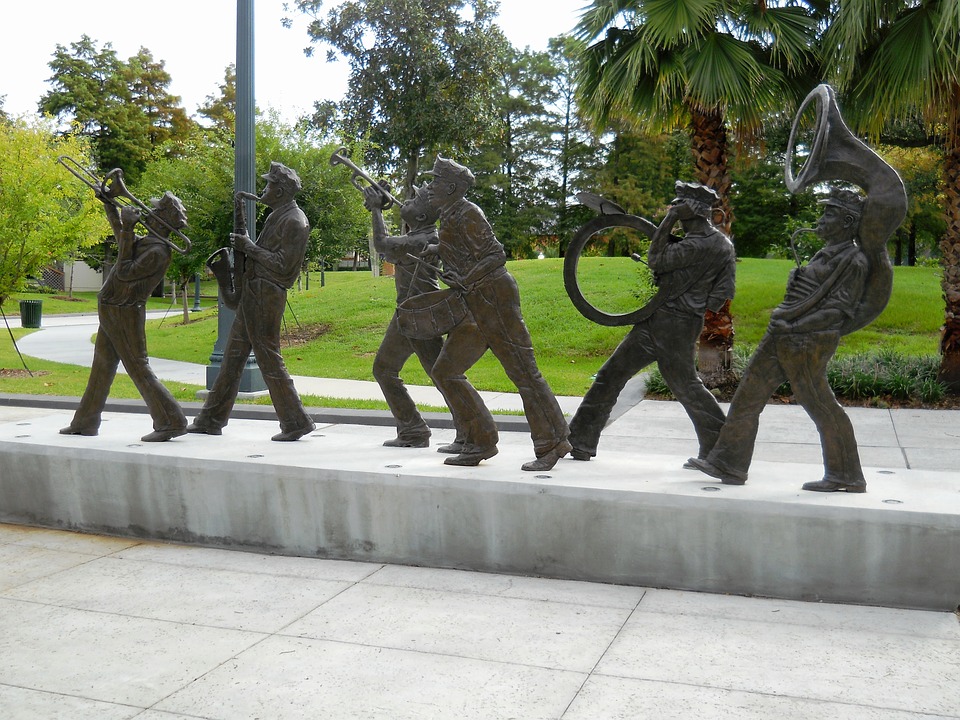
New Orleans is most famous for its vibrant music scene at night. Prepare for a long night out! Grab a “Hand Grenade”, one of Nola´s most popular drinks, which is a 0,5 l cocktail made of Vodka, Rum, Gin and melon liqueur. (It is also said to be New Orleans’ most powerful drink.) Go to the nightclubs. Listen to the music. Dance the night away. Enjoy the unique vibe of Bourbon Street. Notice how music can unite all kinds of different people.
Day 10: New Orleans
Have a relaxed morning and continue your city tour in New Orleans at the French Market, where you can just stroll around for a while. For regular events at French Market, check out their website here. In and around the French Quarter, you´ll also find numerous instrument stores that also sell authentic souvenirs additionally to original pricey instruments.
If you´re not too tired of visiting museums, consider checking out the Museum of African American Art Culture and History. Since jazz and blues have their roots in the history of African Americans, this exhibition may be a proper completion of your trip.
On your last night, check out some more venues and live bands on Bourbon Street.
Day 11:
From New Orleans, there are several options for continuing your trip. For example, spend a few more days in New Orleans and visit Jean Lafitte National Park or travel to other places.
For that, you may either take a bus towards Alabama or Texas. Both states offer great sights and activities to keep you busy for another couple of days. Back in 2016, I decided to travel to Houston, Austin and Dallas before flying back home via New York City.
However, having seen so many different museums, cities, and cultures in the last ten days, you may have a lot on your mind that needs processing, so you might as well end your musical journey in NOLA.



2 Responses
Armstrong played the trumpet not a saxophone and he didn’t rock out on it
Hi there,
Thanks for your feedback! I appreciate your opinion on this!